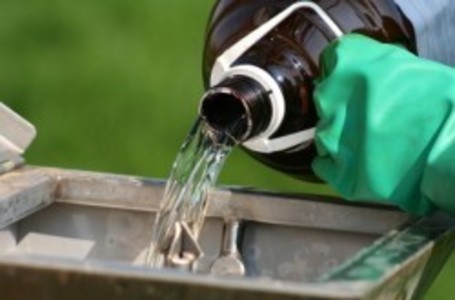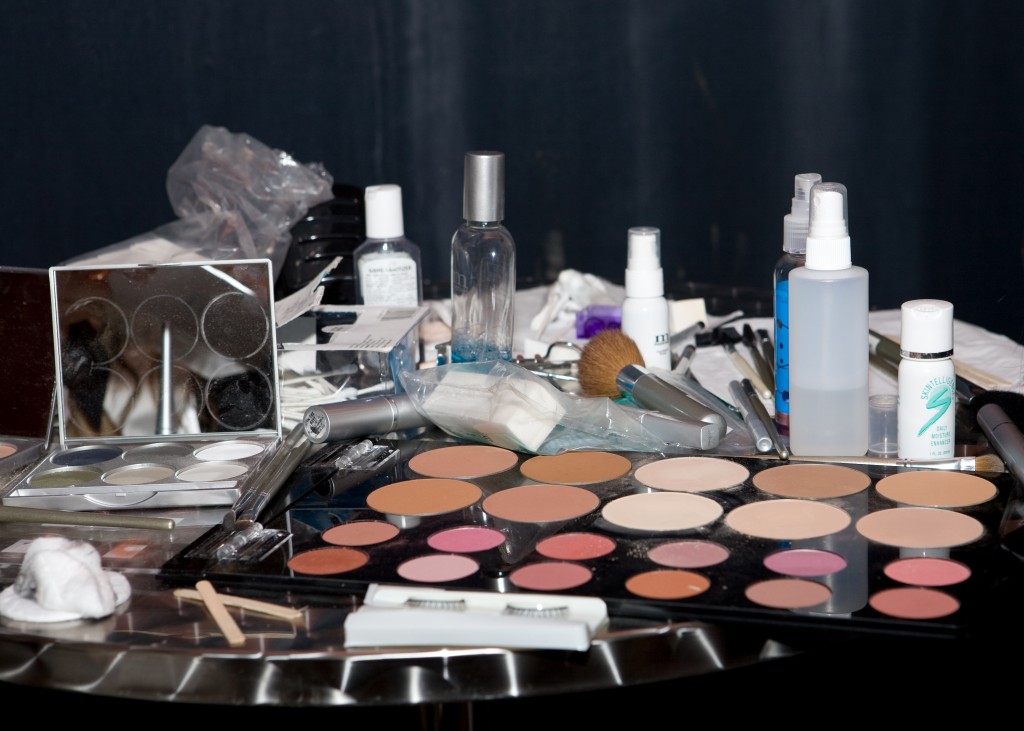Do we know what we’re eating? That’s the question that I constantly ask myself, because I know that at this point in time, my own regulations are the only thing protecting my health. It seems that the moment I become lax with my rules, I am quickly reminded why I must enforce them.
Monsanto is a corporation that manufactures herbicide and genetically engineered plants. Today, I learned that Roundup and other herbicides from the Monsanto corporation are made with a chemical ingredient called glyphosate. Glyphosate has been linked to a number of health-related issues ranging from birth defects to endocrine disruption (the endocrine system regulates the hormones in our body). Unfortunately, Monsanto’s products are used around the world. Products like Roundup are not just used to kill weeds in homes and the agricultural industry, but also to deter plant growth on railroad tracks, sidewalks and roads. This means that farmers, government workers and consumers are constantly spraying glyphosate on the ground, which is why it should come as no surprise that scientists are finding increasing levels of glyphosate in our groundwater. Even if we choose organic food (which is still recommended, since glyphosate is absorbed by plants treated with Roundup), our water cycle, including our drinking water, is being contaminated. In fact, glyphosate was detected in 60% to 100% of rain samples in Mississippi and Iowa.
Monsato, Malformations, Miscarriages and More
Consumers, workers and bystanders alike are affected by the use of glyphosate. Uninformed consumers purchase glyphosate-sprayed products and are exposed to the toxin. Agricultural workers handle the chemical directly. And then there are those that do not use the herbicide or consume the treated products, but are exposed to glyphosate nonetheless. This is particularly the case for those that live in close proximity to agricultural businesses that use Monsanto’s herbicides, such as Roundup.
Residents and doctors of Argentina and Paraguay began reporting a host of serious health effects, including birth defects, miscarriages, infertility and cancer. Those affected lived in regions where glyphosate was regularly used, linking abnormal health conditions to the pervasive chemical.
Argentinian scientists took this cue and began to study glyphosate, finding that exposure to glyphosate did cause birth defects in the embyros of chickens and frogs. Glyphosate has even been tied to an increase in spontaneous abortion and infertility among the cattle that are fed Roundup treated alfalfa.
Scientists from the University of Caen, in France, conducted an experiment using glyphosate doses that were less than the maximum residue limit (legal limit) and discovered that the chemical caused endocrine disruption. More specifically, the scientists found estrogen receptors were inhibited (blocking estrogen hormones from activating cells) with just 2 ppm (2mg/kg). The legal limit in the US is 5 ppm.
Dr. Don M. Huber, a plant pathologist who is part of the USDA National Plant Disease Recovery system, stated that there are, “more than 40 diseases reported with the use of glyphosate, and that number keeps growing as people recognize [glyphosate’s] association [with disease].”
Clearly, we should be concerned.
What about Government Health Regulations?
While only 2.03 mg/kg of glyphosate is needed to cause birth defects in chicken and frog embryos, government regulations, referred to as the maximum residue limit, allow 5 mg/kg of glyphosate residue in the US and a whopping 20 mg/kg in the European Union. The question isn’t how does this protect, but rather, who does this protect?
Unfortunately, government regulations are often set in place to protect corporations from liabilities. When citizens attempt to sue, corporations can state that they have complied with the law and that toxins are within the legal limit. Concerned parties may seek retribution from the government, but at this point, our tax dollars are being used for litigation.
What’s a Girl to Do? Take Action!
We start by sharing information with others to make a change. Litigation may be costly, but changing government regulations is not. (Corporations take the financial hit). Tell your friends, tell your co-workers, tell your neighbors.
This isn’t just a female-specific matter (though miscarriages and infertility concern us), since glyphosate is associated with a myriad of health issues and wreaks havoc on our crops by promoting plant diseases. Contact your senators and house representatives and let them know that you want regulations that protect your crops, your water resources, and your well-being. CLICK HERE to sign the petition to ban glyphosate-based herbicides.
Of course, if you’re worried your voice won’t be heard, the best way to make a statement is with your consumption habits. Every time you make a purchase, you cast a vote. Pay extra special attention to labels, buy organic and avoid products sprayed with glyphosate-based herbicide. Remember that corn chips may be processed from corn that has been treated with glyphosate. Let your money show that you don’t support the use of glyphosate, because money speaks.
Glyphosate Petition Review
The current petition against glyphosates was created on SignOn.org. I have recently been informed that emails associated with SignOn.org may start to pile up in your inbox. If this is the case, feel free to unsubscribe at any time to eliminate the onslaught of emails. Any recommendations for sites that create petitions without the spam would be greatly appreciated. Thanks for your support!










